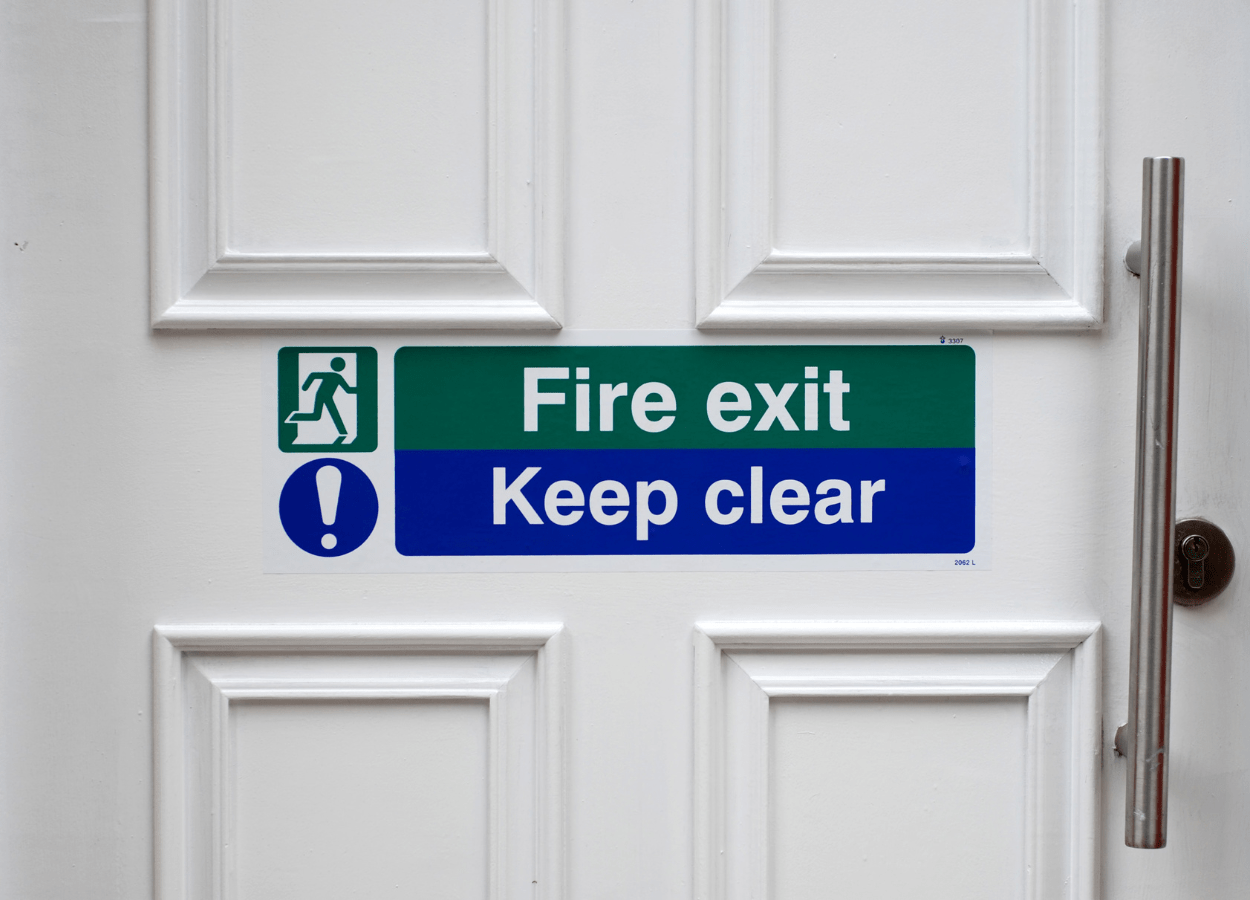
What Is The Difference Between Passive Fire Protection And Active Fire Protection?
Passive and active fire protection represent two different approaches to preventing and controlling fires and both have their place and relevance in an effective fire safety strategy. Keep reading to discover the key differences and similarities between the two:
Passive Fire Protection
Passive fire protection involves the use of fire-resistant materials, design features, and construction techniques to contain and slow down the spread of a fire. The primary aim of passive fire protection is to create fire-safe compartments within a building or structure. This usually involves the use and application of certain key materials, apparatus and methodology, including the following:
- Fire-resistant materials: These include fire-rated walls, floors, doors and windows and materials that are designed to resist the spread of fire for a specified period of time.
-
Fire barriers: Physical barriers, such as firewalls and fire doorsets, are used to separate different areas of a building to prevent the spread of fire and smoke.
-
Fire-resistant coatings: Coatings are applied to structural elements to enhance their fire resistance and prevent premature collapse of the building.
-
Compartmentation: Buildings are divided into fire compartments, using fire-resistant walls, floors and ceilings to limit the spread of fire and smoke and protect people making their escape from the building, or protect people who remain or move to other parts of the building.
-
Fire stopping: The use of intumescent mastics, ablative coated mineral fibre boards and other materials to seal openings which interrupt the fire compartmentation and prevent the spread of fire through gaps and service installations.
In general, passive fire protection measures are fixed in place throughout the building and do not require human intervention to operate or function.
Active Fire Protection
Active fire protection involves systems and devices that actively detect, control and suppress fires. These systems usually require human intervention or automatic activation to function effectively. Some examples include:
-
Alarms: These systems detect the presence of smoke, heat or flames and raise an audible and/or visual alarm to alert occupants and the emergency services.
-
Sprinkler systems: These systems use water or other extinguishing agents to control or suppress fires automatically. They are activated by heat and the sprinklers discharge water or the extinguishing agent onto the fire.
-
Extinguishers: Portable devices that can be manually operated to discharge an extinguishing agent, such as water, foam or a dry chemical, to put out small fires.
-
Smoke control systems: These systems use mechanical means, such as fans or dampers, to control the movement of smoke within a building, improving visibility and aiding evacuation.
-
Fire suppression systems: These specialised systems, such as gaseous or foam suppression systems, are designed to rapidly suppress fires in specific environments, such as data centres or chemical storage areas.
Active fire protection measures are typically activated when a fire occurs or is detected and are intended to control or extinguish the fire.
As you can see from the above, passive fire protection focuses on the design and construction of buildings with fire-resistant materials and features, while active fire protection relies on systems and devices that actively detect, control, and suppress fires. Both approaches are important and are often used in combination to provide comprehensive fire safety measures.
If you would like to know more about the successful design and installation of both active and passive fire protection, then visit out the IFI Group website to learn more about the most up to date fire safety systems or get in touch with a member of our team today.
Image Source: Canva

